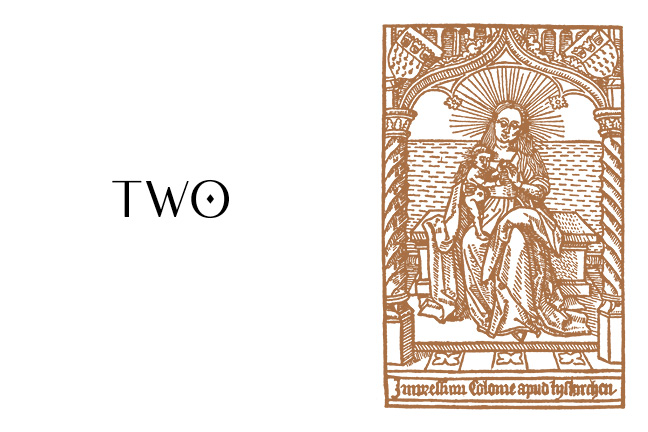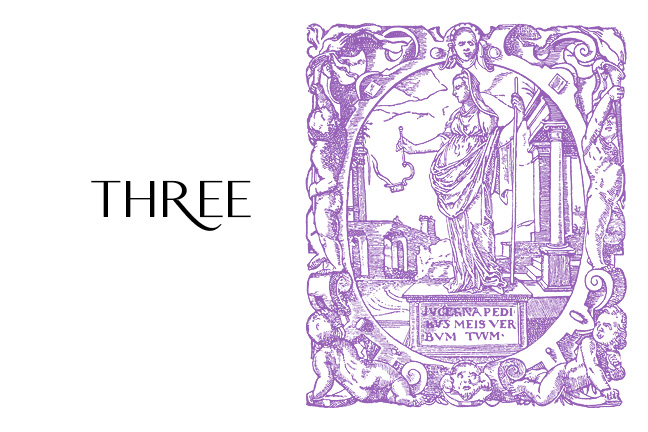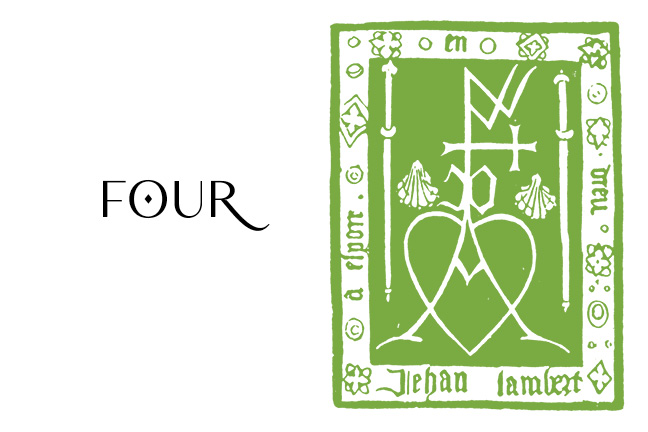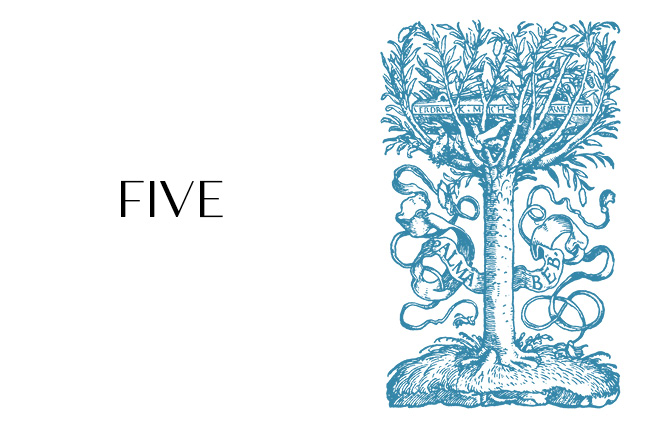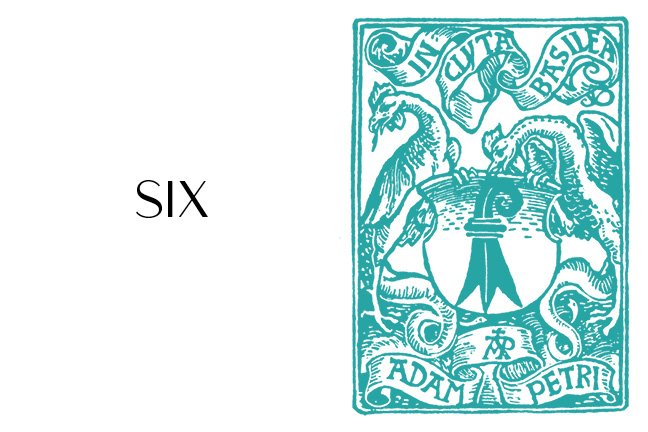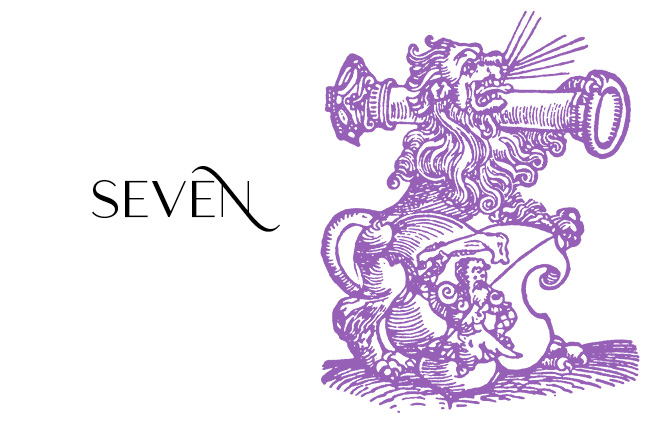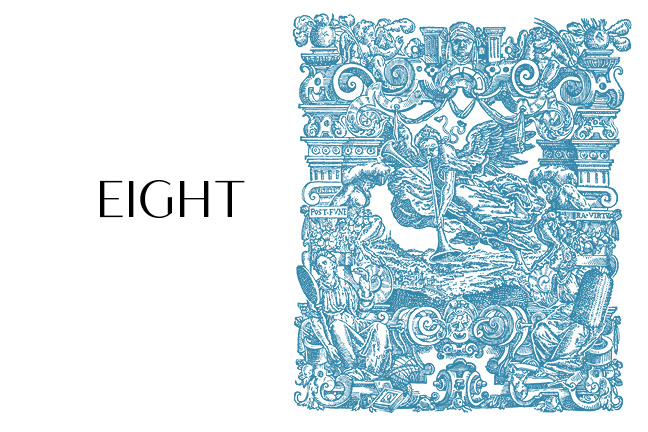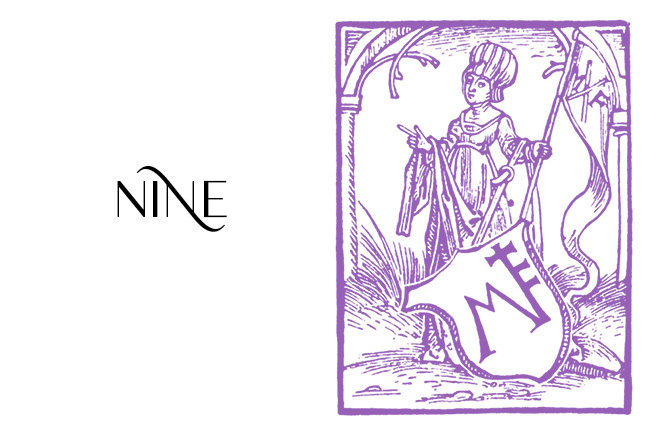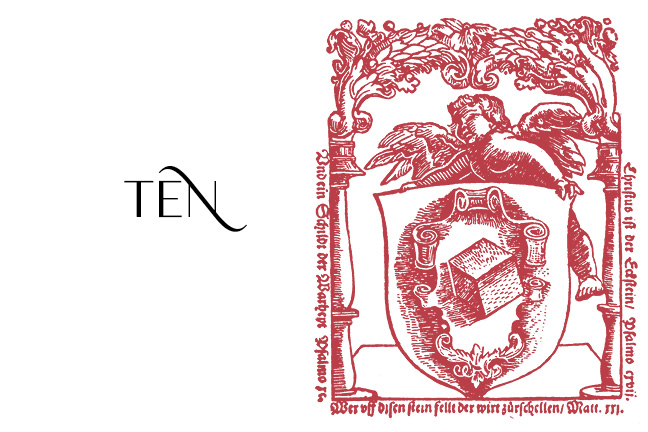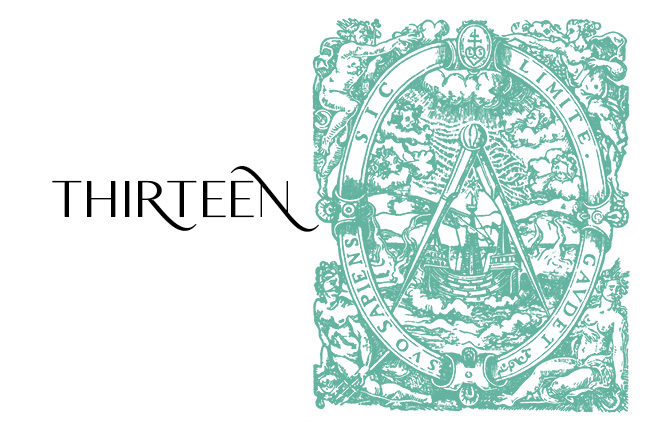Printer’s Marks Part 2
A GRANITE BAY ![]() DESIGN MICROSITE
DESIGN MICROSITE
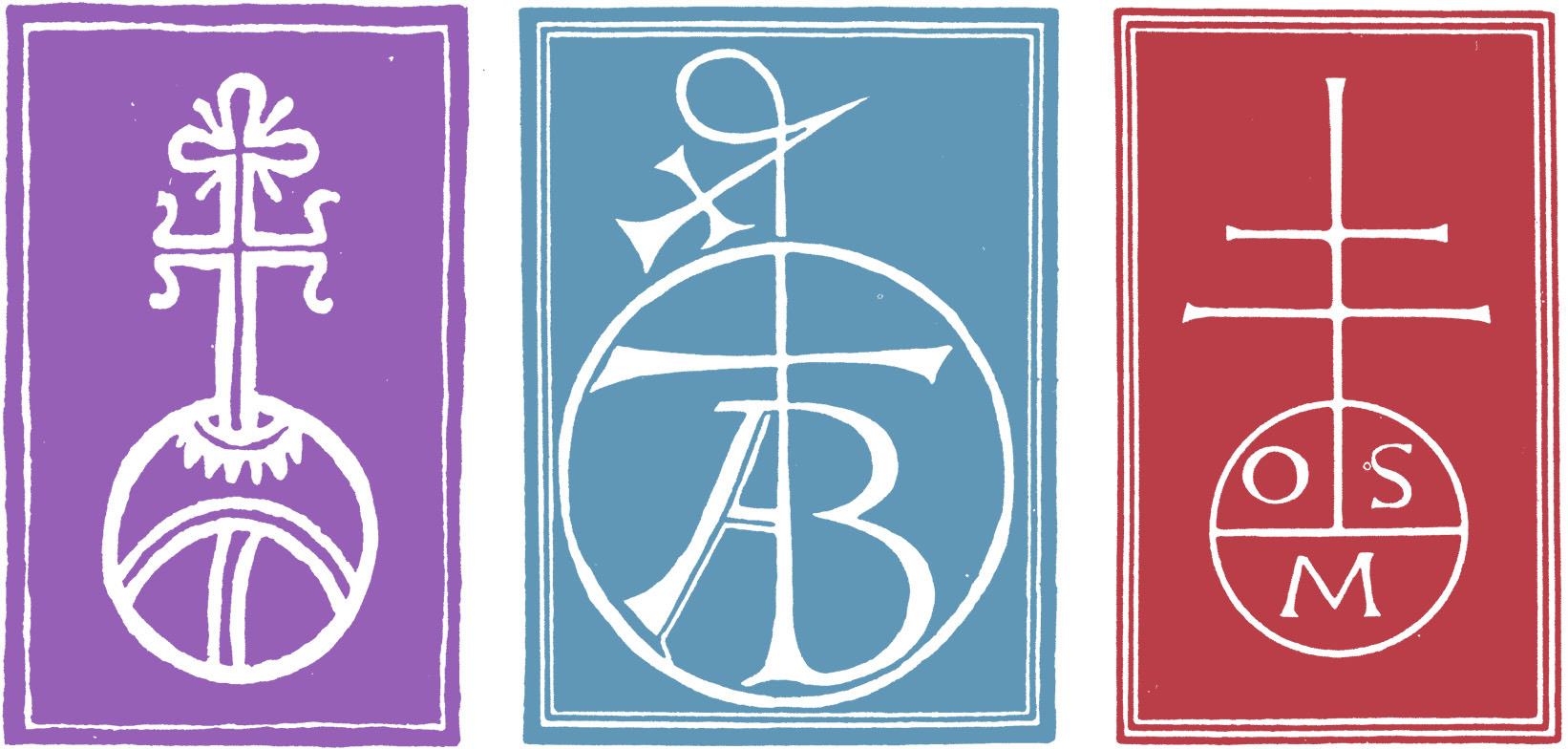
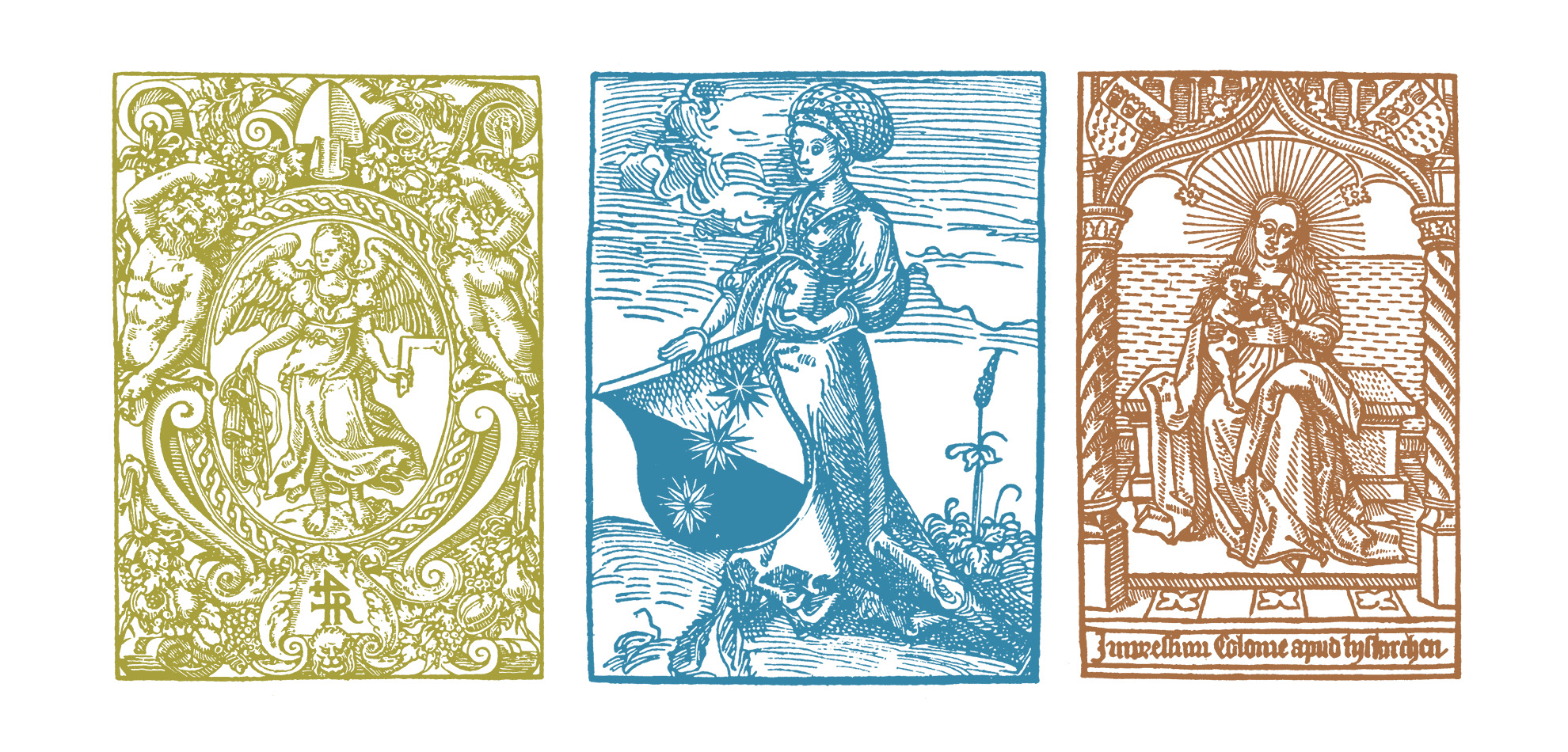
Printer’s Marks Part 2
Wendelin Rhiel (Strassburg 1490)
Friedrich Rieder (Freiburg/Br. (1493) by Albrecht Dürer
Ulrich Zell (Koeln 1491)
The History of Printing
“In Japan, from the Edo period in the 1600s, books and illustrations were mass-produced by woodblock printing and spread among the common people. This is due to economic development and a very high literacy rate for the time. The literacy rate of the Japanese in the Edo period was almost 100% for the samurai class and 50% to 60% for the chōnin and nōmin (farmer) class due to the spread of private schools (terakoya). There were more than 600 rental bookstores in Edo, and people lent woodblock-printed illustrated books of various genres. The content of these books varied widely, including travel guides, gardening books, cookbooks, kibyōshi (satirical novels), sharebon (books on urban culture), kokkeibon (comical books), ninjōbon (romance novel), yomihon, kusazōshi, art books, play scripts for the kabuki and jōruri (puppet) theatre, etc. The best-selling books of this period were Kōshoku Ichidai Otoko (Life of an Amorous Man) by Ihara Saikaku, Nansō Satomi Hakkenden by Takizawa Bakin, and Tōkaidōchū Hizakurige by Jippensha Ikku, and these books were reprinted many times.”
from The History of Printing on Wikipedia
The printer’s marks were scanned from the copyright free book “Symbols, Signs & Signets” by Ernst Lehner.


